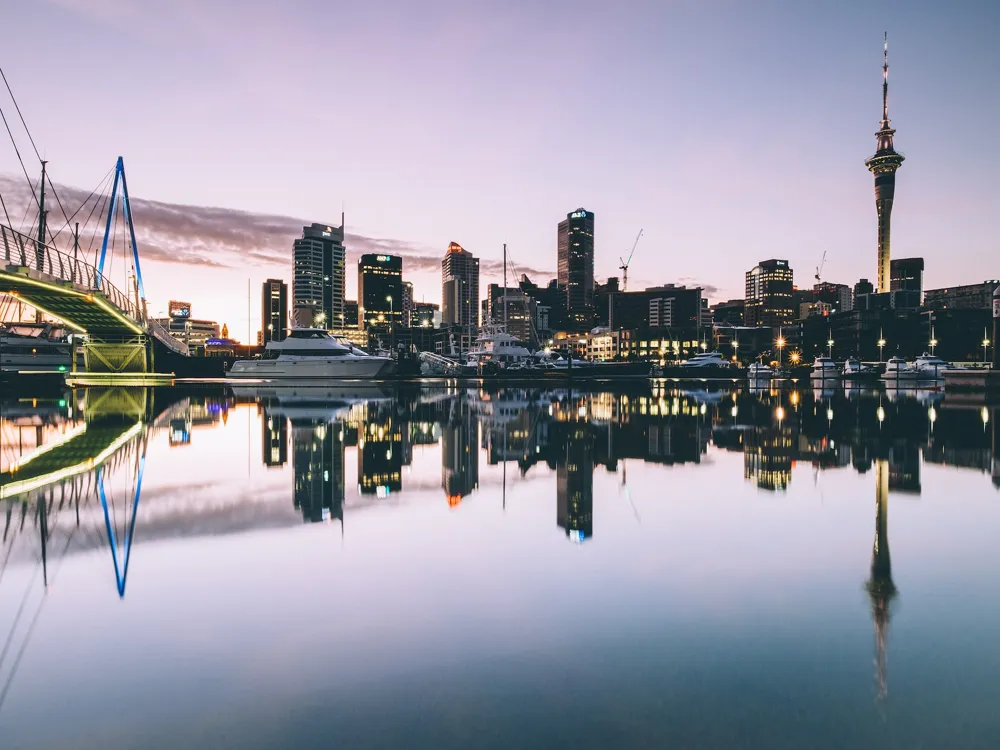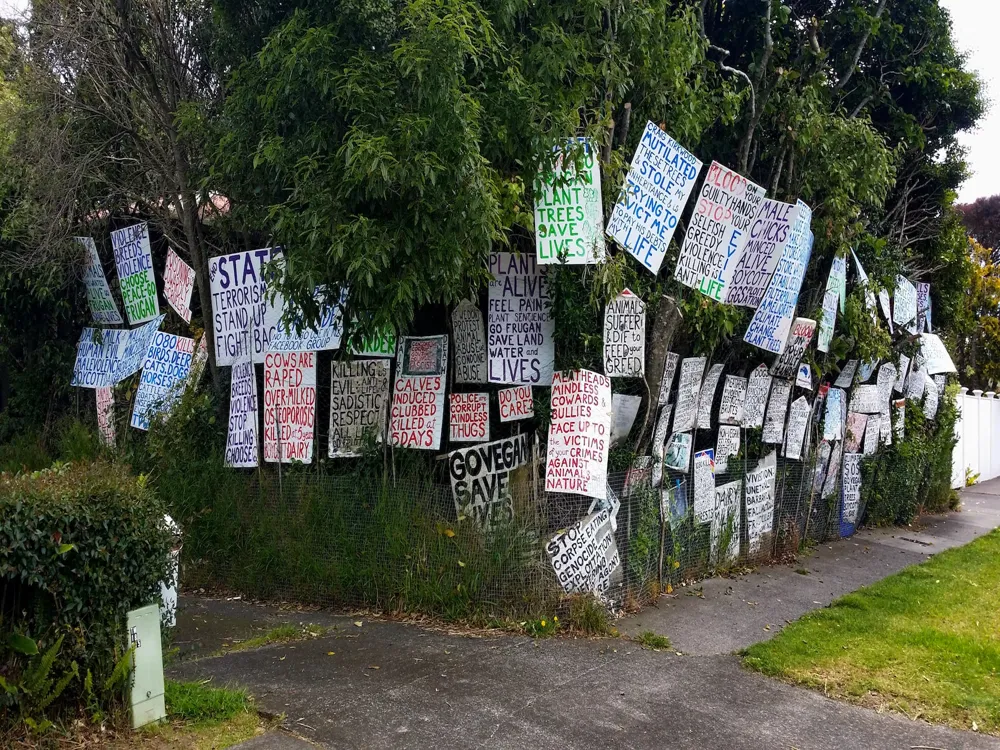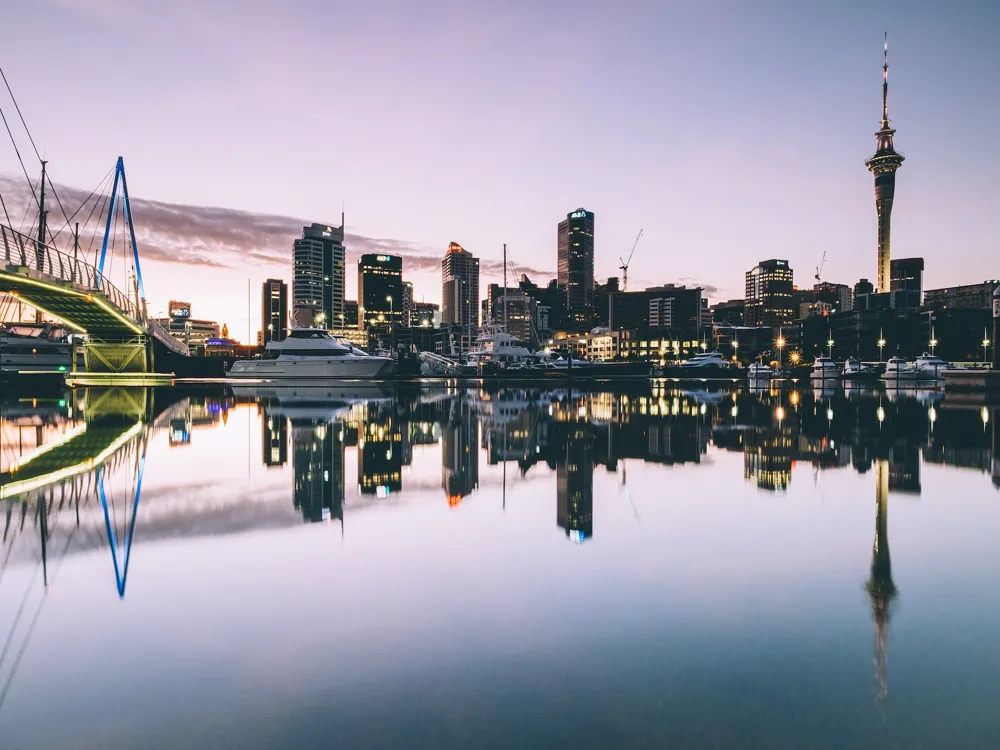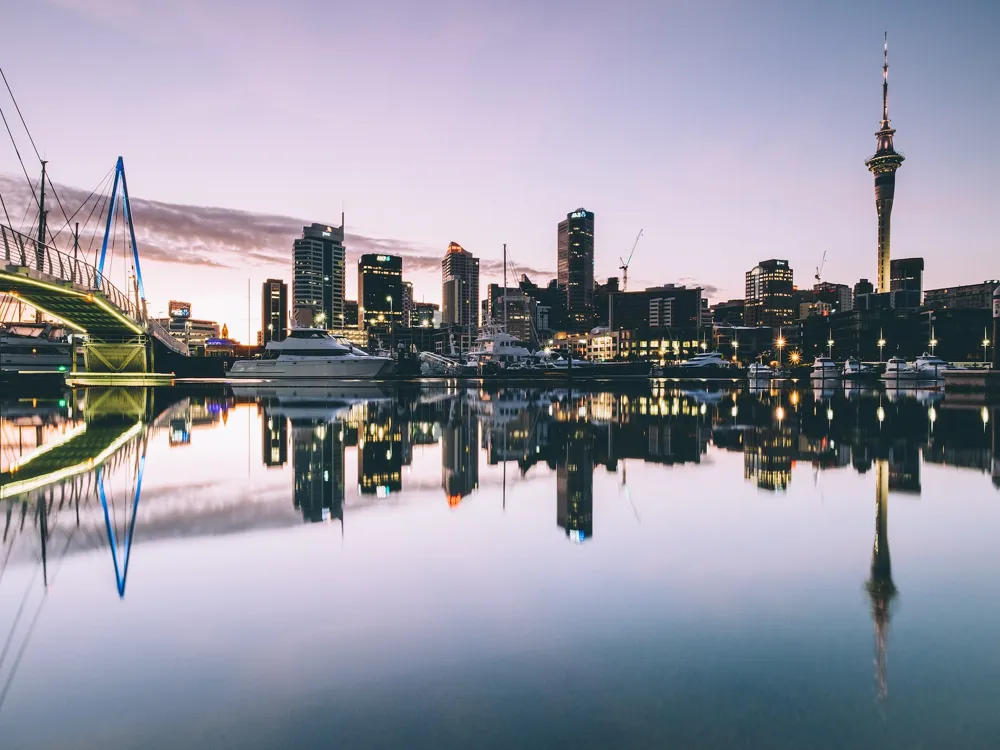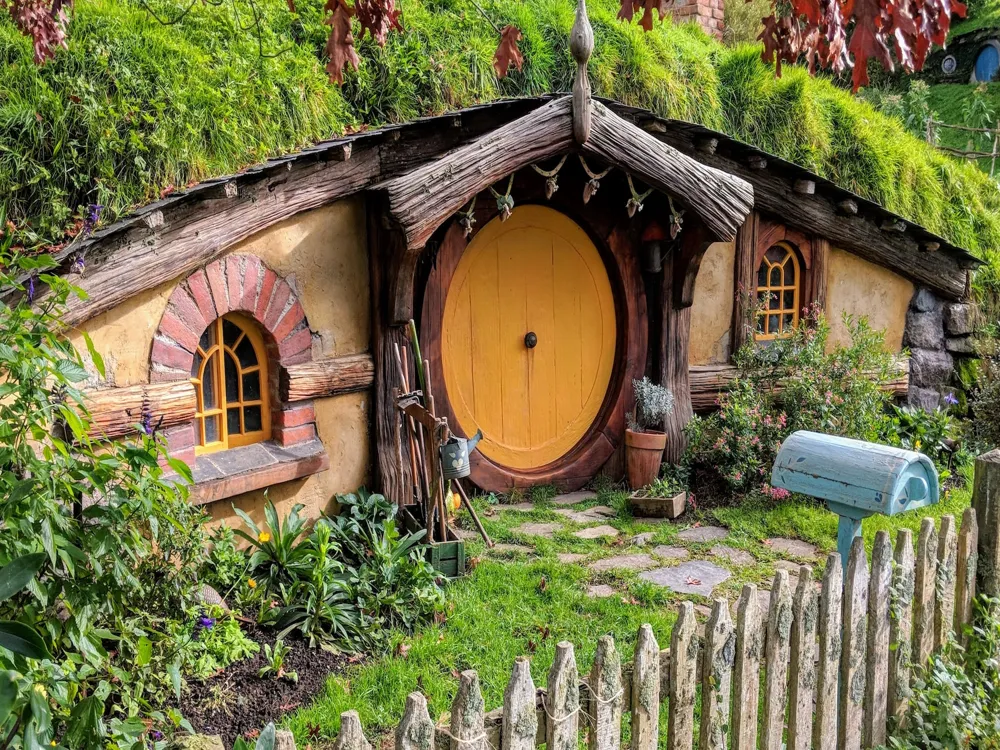The Civic Theatre, located in the heart of Auckland, is a testament to the megacity's rich artistic heritage and cultural sprightliness. Opened in 1929, this literal corner stands as one of the many remaining atmospheric theatres in the world. The theatre, designed by Thomas W. Lamb, showcases an emulsion of Moorish Revival and Indian Moghul armature, making it a unique architectural gem in New Zealand. The armature of the Civic Theatre is a splendid display of creativity and majesty. Its design is heavily influenced by the fantastic styles of Moorish Revival and Indian Moghul armature. The theatre's surface presents a striking façade, characterized by its polls, minarets, and ornate detailing, which incontinently allure the attention of passersby. It's judicious to check the theatre's schedule in advance and book tickets beforehand, especially for popular shows. Consider the time of day and business conditions when planning your visit to insure a smooth experience. Arrive beforehand to find your seat comfortably and enjoy the air of the theatre. Be aware of theatre form, similar to turning off mobile phones and abstaining from talking during the performance. Take some time to explore the theatre's foyer and admire the architectural details. There are often post-show discussions or meet-and-greets with the cast, which can enhance your theatre experience. The Civic Theatre is located in the heart of Auckland, making it fluently accessible through colorful modes oftransportation.However, there are multiple parking options, including the Civic Car Park, if you are driving. For those preferring public transport, the theatre is well connected by machine and train services, with the Aotea Square machine stop and the Britomart Transport Centre being the nearest stops. For transnational or out-of-city callers, Auckland Airport provides several transportation options to the megacity center, where the theatre is a short lift down. Walking or biking to the theatre is also a doable option for locals or those staying in nearby neighborhoods, as Auckland's layout is conducive to rambling and bike business. This not only provides a healthy and eco-friendly way to travel but also allows one to enjoy the vibrant streetscapes of Auckland on the route to the theatre. READ MORE:-Overview of The Civic Theatre of Auckland
With a seating capacity of over 2,300, The Civic Theatre has hosted a multitude of events, ranging from cinema wireworks, ballets, operas, and Broadway shows. It's not just a venue for high-profile performances but also a place that echoes the cultural soul of Auckland. The Civic Theatre's significant part in the artistic geography of Auckland has made it a cherished icon, attracting locals and excursionists alike who are drawn to its majestic beauty and literal significance.
The theatre's innards are a phenomenon, featuring twinkling stars on the ceiling, creating a vision of an open sky. The elaborate decorations, intricate designs, and grand stage set an air that transports callers to a different period. Its preservation and restoration over the years have kept the substance of its original design complete, allowing callers to witness the theatre's literal charm and architectural majesty.
Understanding the history and significance of the Civic Theatre enhances the appreciation of its part in Auckland's artistic scene. It stands as a lamp of cultural expression and architectural wonder, continuing to enthrall the cult with its charm and elegance. The theatre showcases a multifariousness of cinema, live music and entertainment, and other theatrics. The Civic is the most popular choice for any musical in New Zealand. Accordingly, it has hosted traveling adaptations of substantially Jersey Boys, Mary Poppins, Mamma Mia!, Annie, Phantom of the Opera, and Wicked. The Sound of Music played for a time and a half in the 1960s. In addition, many well-known vocalists and impersonators, such as Bob Dylan, Elaine Page, UB40, Roberta Flack, Katie Melua, Counting Crows, David Sedaris, Eric Idle, Hugh Laurie, and The Campaigners, have performed there. Also, The Civic organizes the New Zealand International Film Festival every July.Architecture of The Civic Theatre
Upon entering, one is saluted by an extensive foyer adorned with intricate penstocks, lavish carpets, and ornamental walls, setting the tone for the substance that lies ahead. The main theater is a masterpiece of design, featuring a ceiling that mimics a night sky, complete with twinkling stars and moving shadows, creating an ethereal atmosphere. The stage, framed by a massive proscenium bow, is flanked by two large giant statues, adding to the theatre's fantastic appeal.
The interior is a mix of colorful styles, including Art Deco rudiments, which were popular during the period of its construction. The use of lush fabrics, detailed busts, and a warm color palette creates a sense of luxury and majesty. The theater's seating is designed to give an intimate viewing experience, ensuring that every performance is immersive and engaging.
The Civic Theatre's architectural design isn't only about aesthetics but also about functionality. Its acoustics are finely tuned to enhance the audible experience, making it an ideal venue for a wide range of performances. The theatre's restoration systems have been aware of conserving its original charm while integrating ultramodern amenities, ensuring that it remains an applicable and favored part of Auckland's artistic heritage.Tips for Visiting The Civic Theatre
Planning Your Visit
During the Performance
After the Show
How To Reach The Civic Theatre
The Civic Theatre
Auckland
₹ 72,000 onwards
View auckland Packages
Auckland Travel Packages
View All Packages For Auckland
Top Hotel Collections for Auckland

Private Pool

Luxury Hotels

5-Star Hotels

Pet Friendly
Top Hotels Near Auckland
Other Top Ranking Places In Auckland
View All Places To Visit In auckland
View auckland Packages
Auckland Travel Packages
View All Packages For Auckland
Top Hotel Collections for Auckland

Private Pool

Luxury Hotels

5-Star Hotels

Pet Friendly







